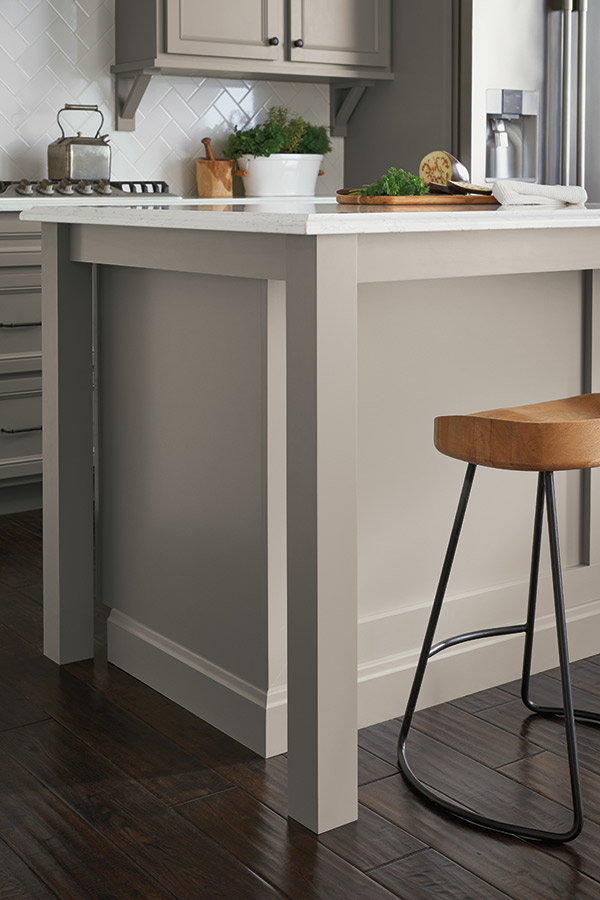Achieve the Perfect Equilibrium of Type and Function with Legs For Kitchen Island
Achieve the Perfect Equilibrium of Type and Function with Legs For Kitchen Island
Blog Article
An Overview to Selecting the Perfect Legs For Cooking Area Island for Your Home
Choosing the optimal legs for your kitchen island is a nuanced decision that influences both the functionality and visual allure of this main area. As you take into consideration these components, it becomes evident that the right legs can change not just the look of your kitchen but additionally its functionality for years to come.

Understanding Kitchen Island Legs
When selecting legs for a cooking area island, it's crucial to comprehend their practical and aesthetic duties in the total layout. The legs work as a vital support group, making sure stability and resilience for the island, which commonly works as an office, eating area, or gathering place. Therefore, the selection of product and building technique have to be durable sufficient to hold up against daily usage and possible wear.
Along with their architectural obligations, legs add considerably to the island's aesthetic charm. They can enhance the kitchen area's style, whether with standard, contemporary, or diverse layouts. The height and percentage of the legs are also essential considerations; they should harmonize with the island's countertop height while making sure comfy seating for those using the space.
Additionally, the leg style can affect the overall flow of the kitchen. Open, ventilated leg styles can create a feeling of agility, while solid, considerable legs might convey an extra grounded and secure visual - Legs For Kitchen Island. Understanding these aesthetic and practical elements will certainly direct house owners in making informed selections that complement their kitchen area's style and improve its use
Popular Styles and Products
The selection of legs for a kitchen island encompasses a range of prominent styles and products, each offering one-of-a-kind qualities that can boost both performance and visual appeals. Traditional legs usually exhibit elaborate details and workmanship, boosting timeless kitchen area layouts.

Height and Security Factors To Consider

Stability is another important factor to consider. The legs of the kitchen area island should offer adequate assistance, ensuring that the framework can stand up to daily use without tottering or changing. Product option plays a substantial role in stability; steel legs, for circumstances, often tend to use better toughness contrasted to timber. Additionally, making sure that the island is safely anchored to the flooring or wall surface can boost security, specifically for bigger islands that may bear considerable weight.
Matching Your Kitchen Area Aesthetic
Picking the right legs for your cooking area island goes past performance; it additionally plays a substantial function in the overall aesthetic of the space (Legs For Kitchen Island). When picking legs, consider the design style of your kitchen.
Legs that enhance or contrast with your island's surface and surrounding cabinetry can create visual harmony or striking focal points. In addition, consider the surface of the legs; matte, glossy, or textured finishes can substantially influence the general feel of the kitchen area.
Installment and Upkeep Tips
Mounting cooking area island legs calls for careful focus to information to make certain both security and aesthetic appeal. Begin by picking an ideal area for your island, ensuring it is degree and has ample room for activity. If you are connecting the legs to a wall surface or making use of braces for added support, utilize a stud finder to situate wall surface studs. Mark the positioning of the legs properly before boring.
When safeguarding the legs, use top quality screws and, if essential, timber glue for additional strength. For metal legs, make sure that you are using proper supports and tools to avoid damage to your floor covering. It is recommended to look for levelness after setup, making adjustments as required to avoid wobbling.
Maintenance is equally essential for long life - Legs For Kitchen Island. Routinely check the legs for any type of indications Resources of wear or helping to loosen, especially in high-traffic locations. Tidy the legs with an appropriate cleaner, staying clear of rough products that may damage the surface area. For wooden legs, take into consideration using a wood conditioner regularly to keep their coating. By following these installment and upkeep suggestions, you can guarantee that your kitchen area island legs remain both aesthetically appealing and useful.
Final Thought
In verdict, choosing the ideal legs for a cooking area island necessitates careful consideration of height, security, and visual compatibility. Ultimately, thoughtful leg option plays an important role in boosting both the usefulness and style of the kitchen room.
When selecting legs for a cooking area island, it's crucial to understand their aesthetic and functional roles in the overall layout. Open, ventilated leg designs Bonuses can develop a feeling of agility, while solid, substantial legs may convey a more grounded and steady aesthetic. The legs of the kitchen island ought to give adequate support, making sure that the framework can endure daily use without wobbling or moving.Installing kitchen area island legs calls for careful interest to detail to ensure both security and aesthetic allure.In final thought, choosing the suitable legs for a cooking area island requires careful factor to consider of elevation, security, and visual compatibility.
Report this page